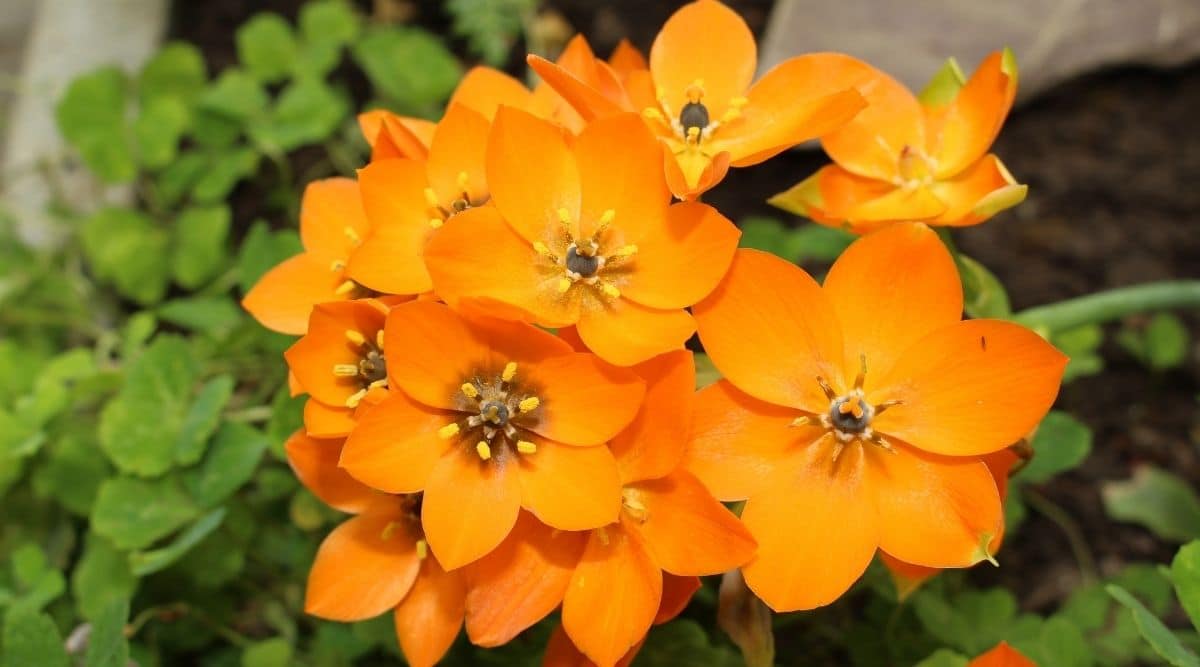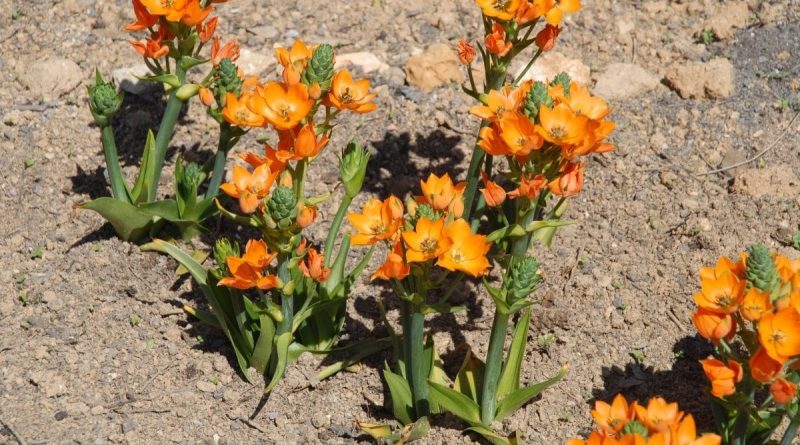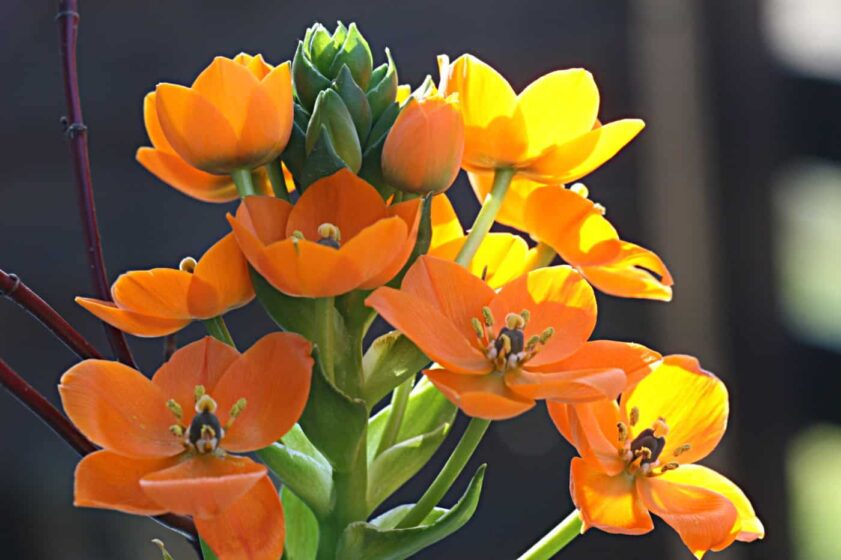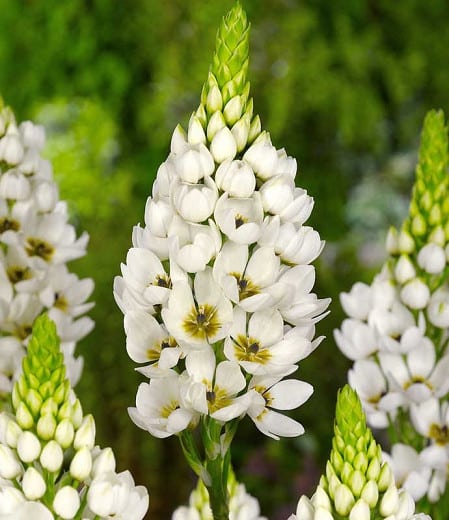Unlocking the Secrets of Sun Star Plant Care
The sun star plant, also known as the Cryptanthus, is a unique and fascinating species that has gained popularity among plant enthusiasts. With its striking, star-shaped leaves and vibrant colors, it’s no wonder why many are eager to learn how to care for a sun star plant. Proper care and maintenance are crucial for optimal growth and health, and with the right techniques, you can enjoy the beauty of this plant for years to come.
Native to the tropical regions of South America, the sun star plant is a low-maintenance species that thrives in well-draining soil and partial shade. However, it’s essential to replicate the ideal conditions in your home or garden to ensure the plant receives the necessary nutrients and care. By understanding the specific needs of your sun star plant, you can provide the perfect environment for it to flourish.
One of the most critical aspects of sun star plant care is providing the right amount of light. While it can tolerate some direct sunlight, it’s best to place it in a spot with bright, indirect light. This will help prevent scorching of the leaves and promote healthy growth. Additionally, maintaining a consistent temperature between 65-75°F (18-24°C) and humidity levels around 50-60% will create an ideal environment for your sun star plant.
By following these guidelines and providing the necessary care, you’ll be well on your way to becoming a sun star plant expert. Whether you’re a seasoned plant enthusiast or just starting out, learning how to care for a sun star plant is a rewarding experience that will bring joy and beauty to your home or garden.
How to Provide the Perfect Environment for Your Sun Star Plant
Creating an ideal environment is crucial for the health and well-being of your sun star plant. To ensure your plant thrives, it’s essential to understand the specific lighting, temperature, and humidity requirements. By replicating the natural conditions of the sun star plant’s native habitat, you can provide the perfect environment for your plant to flourish.
Lighting is one of the most critical factors in sun star plant care. These plants prefer bright, indirect light, but can tolerate some direct sunlight. Placing your sun star plant near an east- or west-facing window is ideal, as it will receive gentle, indirect light. Avoid placing your plant in a spot with harsh, direct sunlight, as this can cause scorching of the leaves.
Temperature is another vital factor in sun star plant care. These plants prefer temperatures between 65-75°F (18-24°C), which is typical for most indoor spaces. Avoid placing your plant near heating or cooling vents, fireplaces, or drafty windows, as this can cause temperature fluctuations. Maintaining a consistent temperature will help promote healthy growth and prevent stress.
Humidity is also an essential factor in sun star plant care. These plants prefer a relatively high humidity, typically above 50%. To maintain the ideal humidity level, you can place the plant on a tray filled with water and pebbles or use a humidifier nearby. This will help create a microclimate that mimics the plant’s natural habitat.
By providing the perfect environment for your sun star plant, you’ll be well on your way to becoming a successful plant parent. Remember, understanding the specific needs of your plant is key to its health and well-being. With the right care and attention, your sun star plant will thrive and bring joy and beauty to your home or garden.
The Art of Watering: Tips for Hydrating Your Sun Star Plant
Watering is an essential aspect of sun star plant care, and it’s crucial to get it right. Overwatering can lead to root rot, while underwatering can cause the leaves to become dry and brittle. To determine the right amount of water for your sun star plant, it’s essential to understand the plant’s watering needs.
Check the soil moisture by sticking your finger into the soil up to the first knuckle. If the soil feels dry, it’s time to water. Water your sun star plant thoroughly, making sure the pot drains well to prevent waterlogged soil. Allow the top 1-2 inches of soil to dry out between waterings. This will help prevent overwatering and ensure the roots receive the right amount of moisture.
The frequency of watering will depend on the time of year, temperature, and humidity. During the spring and summer months, sun star plants require more frequent watering, typically every 7-10 days. In the fall and winter months, reduce watering to every 4-6 weeks, as the plant requires less moisture during this time.
Timing is also crucial when it comes to watering your sun star plant. Water your plant in the morning, so the pot has a chance to dry out slightly before nightfall. Avoid getting water on the leaves or crown of the plant, as this can cause rot and other problems. Instead, water at the soil level, making sure the pot drains well to prevent waterlogged soil.
By mastering the art of watering, you’ll be able to provide your sun star plant with the right amount of moisture to thrive. Remember, the key to successful sun star plant care is to find a balance between watering and allowing the soil to dry out. With practice and patience, you’ll become a pro at watering your sun star plant and enjoy the beauty and benefits it brings to your home or garden.
Fertilizing for Success: A Guide to Feeding Your Sun Star Plant
Fertilization is a crucial aspect of sun star plant care, as it provides the necessary nutrients for healthy growth and development. To ensure your sun star plant receives the nutrients it needs, it’s essential to choose the right fertilizer and apply it correctly.
When selecting a fertilizer for your sun star plant, look for a balanced, water-soluble fertilizer that contains equal amounts of nitrogen, phosphorus, and potassium (NPK). A 20-20-20 NPK fertilizer is an excellent choice for sun star plants, as it provides the necessary nutrients for healthy growth and development.
Apply the fertilizer at half the recommended strength to avoid burning the roots. You can fertilize your sun star plant once a month during the growing season (spring and summer), and once every 2-3 months during the dormant season (fall and winter). Make sure to water your plant thoroughly before fertilizing to prevent burning the roots.
Some other fertilization options for sun star plants include using a fertilizer specifically formulated for tropical plants or a fertilizer that contains micronutrients such as iron, magnesium, and calcium. These micronutrients can help promote healthy growth and development, and prevent deficiencies that can lead to problems such as yellowing leaves or stunted growth.
By fertilizing your sun star plant correctly, you can provide the necessary nutrients for healthy growth and development. Remember to always follow the instructions on the fertilizer label, and start with a small amount to avoid burning the roots. With the right fertilizer and application, your sun star plant will thrive and provide you with beautiful, vibrant foliage for years to come.
Pruning and Grooming: Maintaining the Shape and Health of Your Sun Star Plant
Pruning and grooming are essential tasks for maintaining the shape and health of your sun star plant. Regular pruning helps to promote healthy growth, encourages new leaves to grow, and prevents the plant from becoming leggy. Grooming, on the other hand, helps to remove dead or damaged leaves, which can help prevent the spread of disease.
To prune your sun star plant, start by removing any dead or damaged leaves. Use a pair of clean scissors or pruning shears to cut off the affected leaves at the base of the plant. This will help to prevent the spread of disease and encourage new growth.
Next, use your fingers or a soft-bristled brush to gently remove any dead or dying leaves from the plant. This will help to improve air circulation and prevent the spread of disease.
Once you have removed any dead or damaged leaves, use your pruning shears to shape the plant. Cut back any long stems or branches to encourage new growth and promote a fuller shape.
It’s also important to groom your sun star plant regularly to remove any dust or debris that may have accumulated on the leaves. Use a soft-bristled brush or a damp cloth to gently wipe down the leaves and remove any dust or debris.
By pruning and grooming your sun star plant regularly, you can help to maintain its shape and health. Remember to always use clean scissors or pruning shears and to make clean cuts to prevent spreading disease. With regular pruning and grooming, your sun star plant will thrive and provide you with beautiful, vibrant foliage for years to come.
Pest Control and Common Problems: Troubleshooting Your Sun Star Plant
Despite their hardy nature, sun star plants can be susceptible to pests and diseases. Regular monitoring and prompt action can help prevent infestations and infections. Here are some common pests and problems that can affect sun star plants, along with solutions and prevention strategies.
Spider mites are one of the most common pests that can affect sun star plants. These tiny, spider-like insects feed on the sap of the plant, causing yellowing leaves and fine webbing. To control spider mites, use a gentle insecticidal soap or neem oil spray. Isolate the plant to prevent the mites from spreading to other plants.
Mealybugs are another common pest that can affect sun star plants. These small, white insects feed on the sap of the plant, causing stunted growth and yellowing leaves. To control mealybugs, use a gentle insecticidal soap or neem oil spray. Remove any heavily infested leaves or stems to prevent the mealybugs from spreading.
Root rot is a common problem that can affect sun star plants, especially if the soil is too wet or waterlogged. To prevent root rot, make sure the soil drains well and avoid overwatering. If you suspect root rot, remove the plant from the soil and inspect the roots. Trim away any rotting roots and repot the plant in fresh, well-draining soil.
Other common problems that can affect sun star plants include leaf spot, leaf drop, and crown rot. To prevent these problems, maintain good air circulation, avoid overwatering, and provide bright, indirect light.
By being aware of these common pests and problems, you can take steps to prevent them and keep your sun star plant healthy and thriving. Regular monitoring and prompt action can help prevent infestations and infections, ensuring your plant remains healthy and vibrant for years to come.
Propagation and Repotting: Expanding Your Sun Star Plant Collection
Propagation is an exciting way to expand your sun star plant collection and share plants with friends and family. Sun star plants can be propagated through division, leaf cuttings, or seed. Here’s a step-by-step guide on how to propagate your sun star plant:
Division is a simple and effective way to propagate sun star plants. Start by carefully removing the plant from its container and gently washing away the soil to expose the roots. Use a sharp, sterile knife or pruning tool to divide the roots into sections, making sure each section has at least one growing stem. Replant the sections in a well-draining potting mix and water thoroughly.
Leaf cuttings are another popular method for propagating sun star plants. Choose healthy, mature leaves with a long petiole (stem). Cut the petiole from the plant about 1-2 inches from the base of the leaf. Remove lower leaves and plant the cutting in a well-draining potting mix. Water thoroughly and provide bright, indirect light.
Seed propagation is a more challenging method, but can be rewarding for experienced growers. Sow sun star seeds in a well-draining seed starting mix and provide bright, indirect light. Keep the soil consistently moist but not waterlogged. Transplant seedlings into individual pots once they have 2-3 sets of leaves.
Repotting is an essential part of sun star plant care, as it allows the plant to grow and thrive in a larger container. Choose a container that is only slightly larger than the previous one, as sun star plants prefer to be slightly root-bound. Use a well-draining potting mix and water thoroughly after repotting.
By following these propagation and repotting techniques, you can expand your sun star plant collection and enjoy the beauty and benefits of these unique plants.
Seasonal Care and Maintenance: Adjusting to Changing Conditions
As the seasons change, your sun star plant will require adjustments to its care routine. Understanding these changes and making the necessary adjustments will help ensure your plant remains healthy and thriving.
In the spring, sun star plants require more frequent watering and fertilization as they enter a period of active growth. Increase the frequency of watering to once a week, and fertilize with a balanced fertilizer once a month.
In the summer, sun star plants require protection from extreme temperatures and drought. Provide shade for your plant during the hottest part of the day, and water more frequently to prevent drought stress.
In the fall, sun star plants require less frequent watering and fertilization as they enter a period of dormancy. Reduce the frequency of watering to once every 10-14 days, and fertilize with a balanced fertilizer once every 2-3 months.
In the winter, sun star plants require protection from extreme temperatures and low humidity. Provide a humidifier or group plants together to maintain a humid microclimate, and water less frequently to prevent root rot.
By adjusting your care routine to the changing seasons, you can help ensure your sun star plant remains healthy and thriving. Remember to monitor your plant’s specific needs and adjust your care routine accordingly.








:max_bytes(150000):strip_icc()/https---www.thespruce.com-best-houseplants-for-sun-4147670-2-8ec2c6cc6c784f80aa1013beadb35a35.jpg)